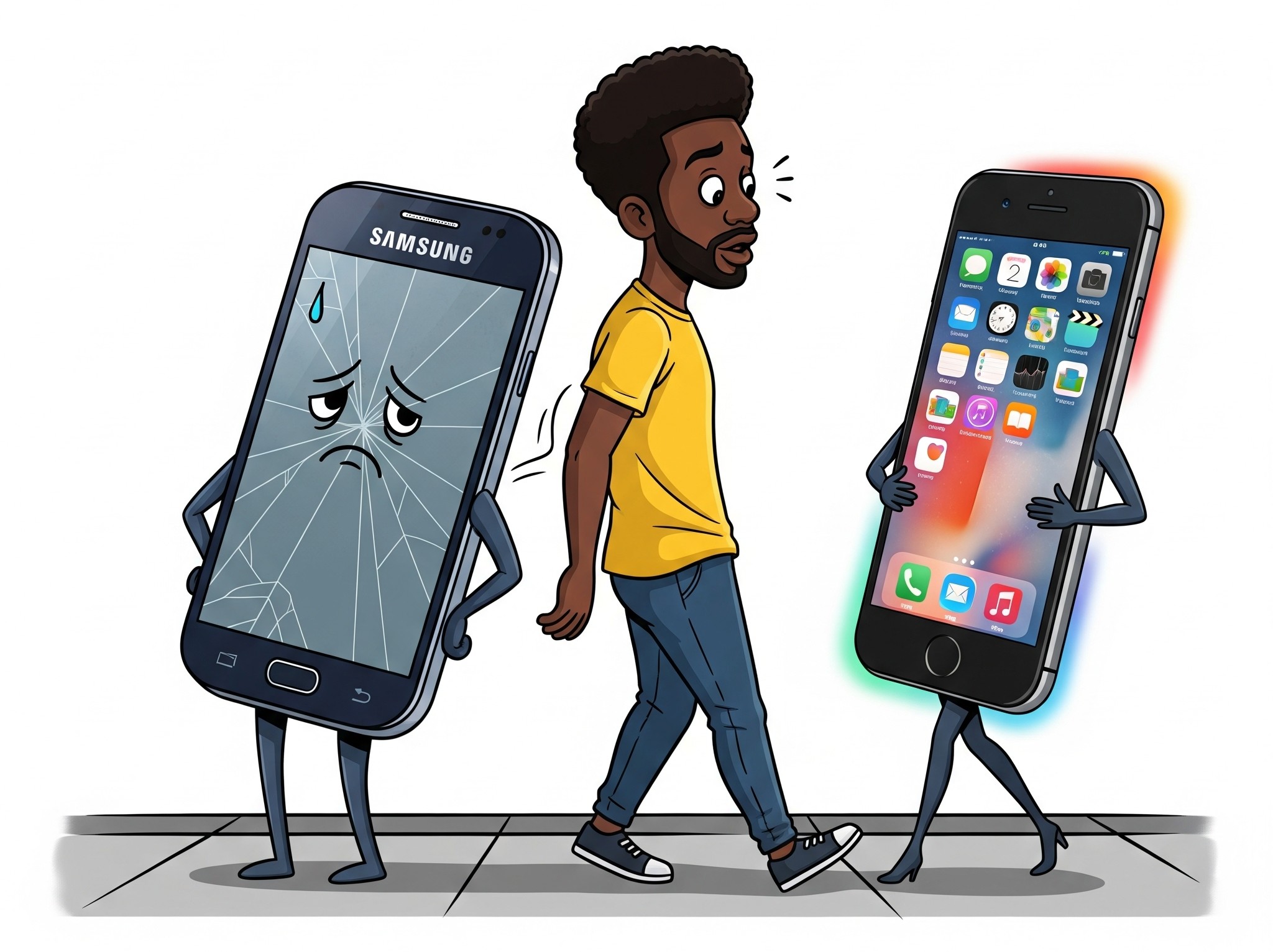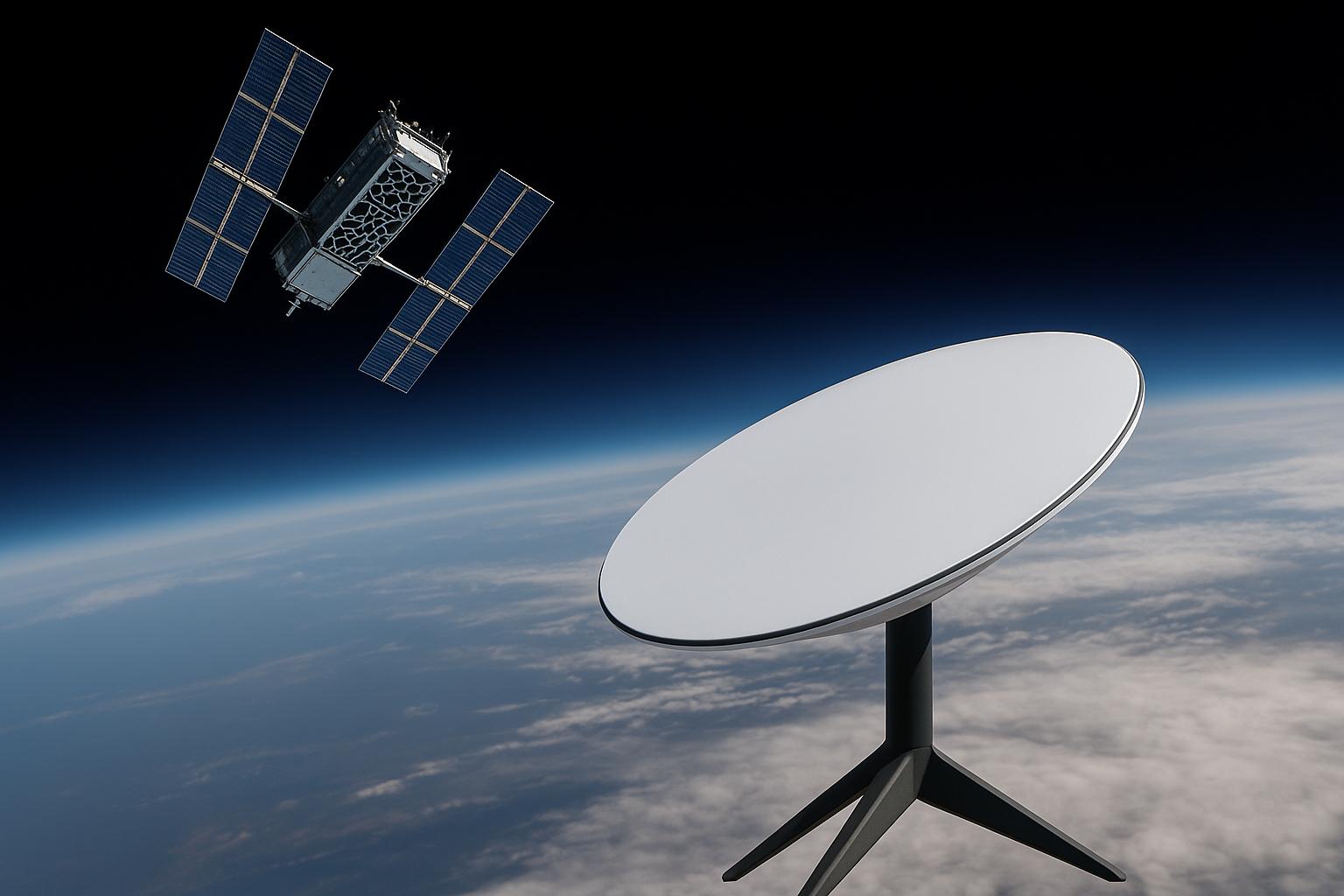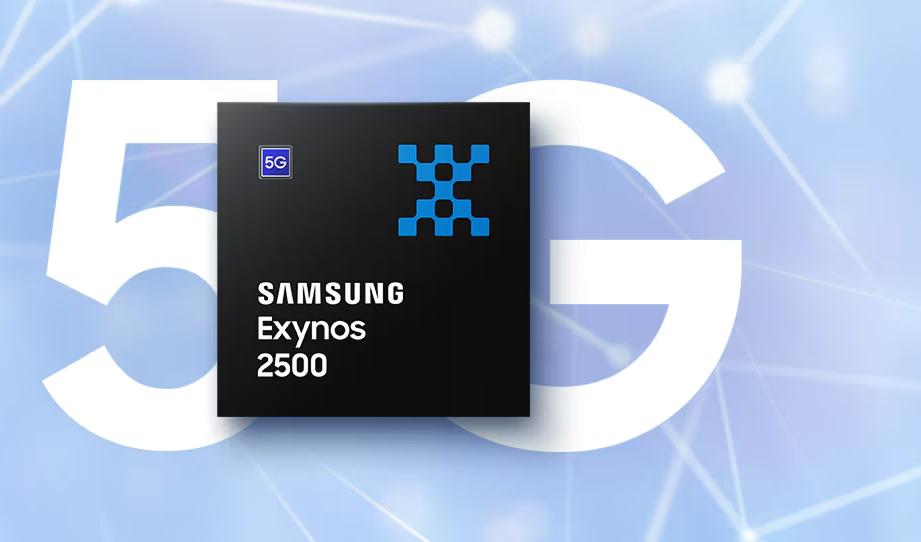2022 was an interesting year in that we saw the introduction of satellite communication on a regular smartphone. Apple and Huawei announced that their latest smartphones, iPhone 14 series, and Huawei Mate 50 series respectively, will be able to communicate with satellites. The service on both devices is restricted to just communication with emergency services and supports a limited number of characters. And with Huawei, the service is further limited to 1-way communication. Qualcomm wants to take the technology a lot further.
Qualcomm and Iridium entered into an agreement to bring satellite-based connectivity to next-generation premium Android smartphones; Garmin looks forward to collaborating with support for emergency messaging.
Qualcomm
Apple and Huawei are very large companies that can afford to make a deal with a satellite provider for these services. However, Qualcomm wants to bring it to as many flagship Android smartphones as it can. Satellite service will be supported on their Snapdragon 8 Gen 2 mobile chipset platform which will come in 2023 Android flagships. So it’s something we can expect on flagships from Samsung, Xiaomi, OnePlus, Sony, and more starting in the second half of 2023. Since Qualcomm’s Snapdragon chipsets are mobile platforms, they will be opening up Snapdragon Satellite to 3rd parties who can use the tech in different 3rd party apps.
How it will work
Qualcomm highlights that the service will utilize SMS texts and will support 2-way communication. The service is available for emergencies and also recreational purposes in areas with no cell coverage. Iridium satellites that Qualcomm is making use of work on L-Band signals that are more weather resilient than KA bands used by other satellite providers however you still need a clear view of the open sky to be able to make use of the service.
Iridium’s satellite constellation runs within the LEO (Low Earth Orbiting) region for satellites. These are pretty close to the earth’s surface at about 400km which contributes to their resilience on the side of weather. The satellites themselves will be operating the way satellites have always operated and that is as relays between a source and a destination.
The future of Satelllite Communication
Qualcomm also wants to take it further through next gen communication technologies in the form of Non-Terrestrial Networks (NTN) and it’s being developed with 5G. And this is very exciting in that the whole concept of NTN is making use of as many flying objects as relays for mobile communication. Remember Google’s project loon? Essentially using high altitude balloons to provide network coverage in remote areas.
Well with NTN the idea is making use of a cocktail of high altitude balloons, planes, satellites and even drones as network nodes that are always providing network coverage anywhere they are. And Qualcomm is seeing this as the next step in the evolution of satellite communication. In it’s current state it might be limited to simple SMS but will soon be able to support internet services.
Snapdragon Satellite is planned to support 5G Non-Terrestrial Networks (NTN), as NTN satellite infrastructure and constellations become available.
Qualcomm
Availability
Iridium states that it has global coverage of its service via satellite however Qualcomm is stating that Snapdragon Satellite will only be available in select regions when it arrives. This was the case with Apple which launched its satellite service in the US and Canada only and is offering it for free for the next 2 years. Huawei’s implementation faces the seem regional limitation as it is only available in Mainland China. Qualcomm’s solution will most likely be available in a lot more regions but evidently it won’t be available everywhere.
With this service, Qualcomm is giving all the smartphone manufacturers what seems like a much better solution compared to Apple and Huawei’s current implementations. Just manage your hopes on Zimbabwe or most of Africa being supported by this service. Also side note. Google is no longer using Snapdragon chipsets in their flagship smartphones. I wonder what solution they will go with.













Comments
4 responses
It sounds like a nice to have feature but not so much a vital one.
Qaulcomm’s new chips this year might have slightly higher processing speed, whilst running slightly cooler. But the difference is so small it’s of no consequence to the average consumer.
For Qaulcomm this is the only groundbreaking innovation that they can talk about and use to justify a price increase.
Dat’s great news I like it as it is😀😀😀.
I wonder if the likes of telegram et al are even allowed to dream of piggy backing on these networks for encrypted peer to peer comms. Bet most govs would get their knickers in a twist
Telegram, chikara che “internet” yemuzimbabwe😂😂😂